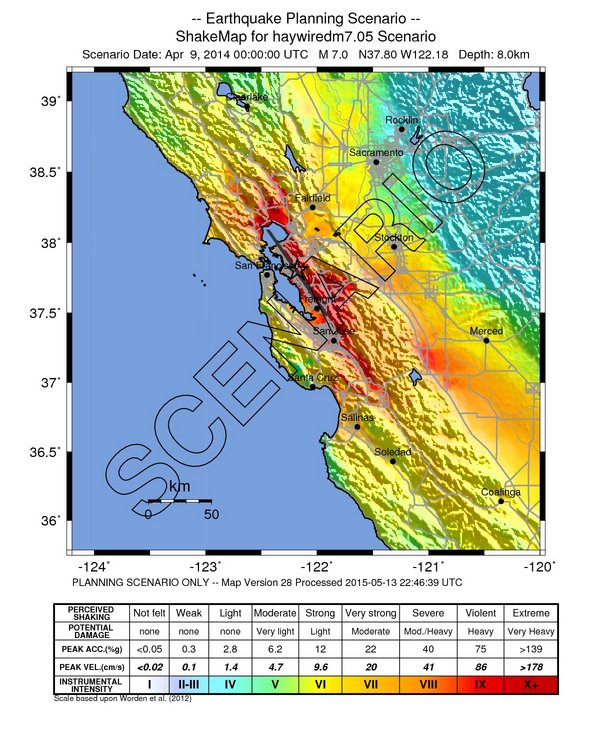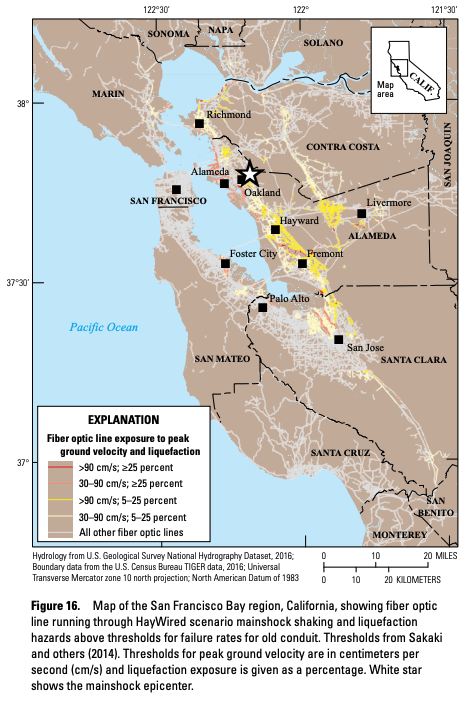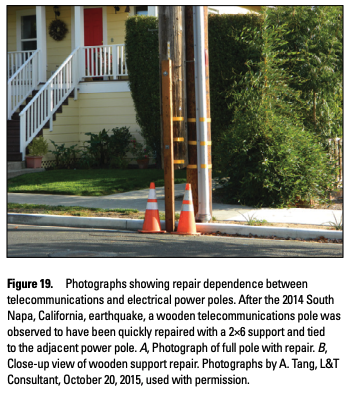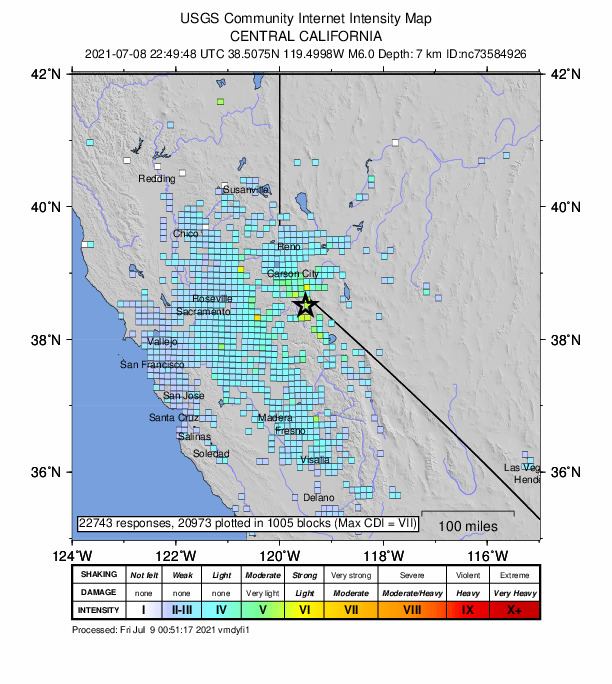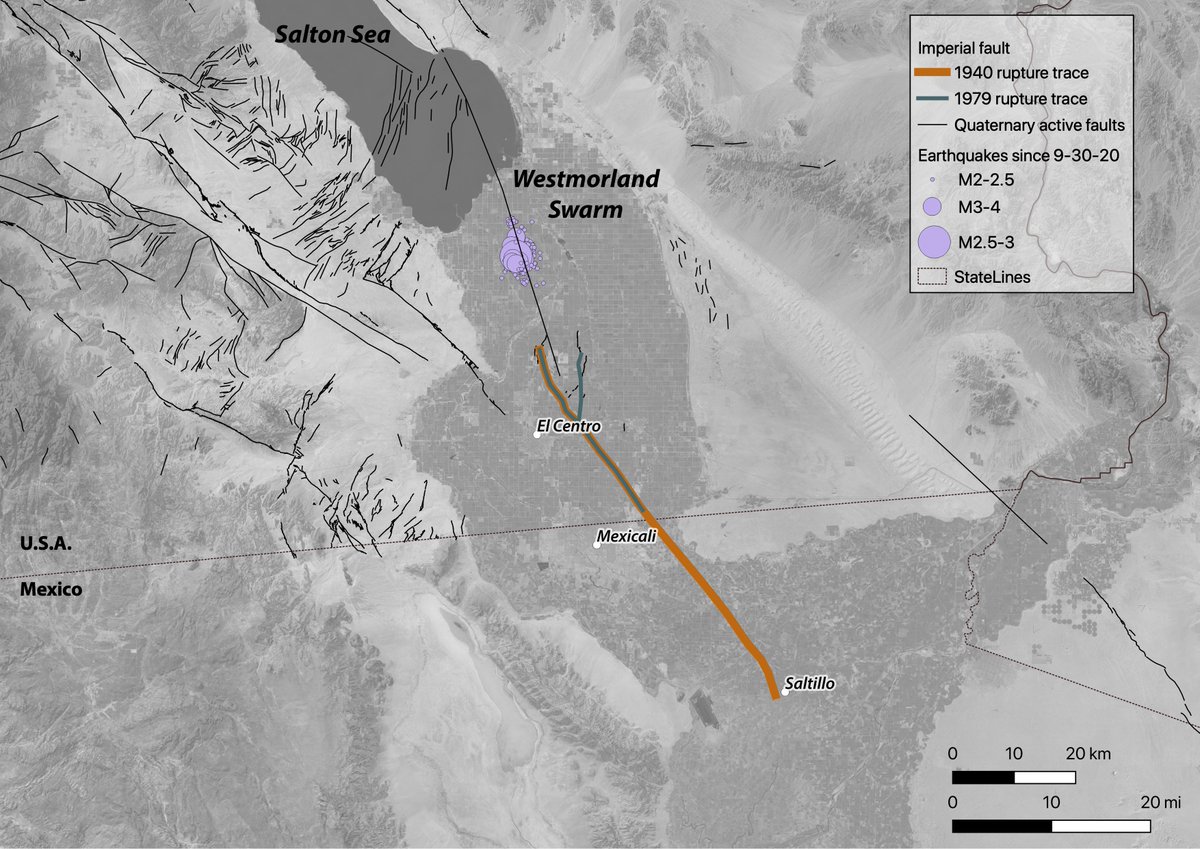
An intro to earthquake prediction 🧵🧵
Individual earthquakes can’t be usefully predicted. It’s not because they’re mystical or magical. Earthquakes obey very simple physics. The issue is that earthquakes occur deep underground.
Individual earthquakes can’t be usefully predicted. It’s not because they’re mystical or magical. Earthquakes obey very simple physics. The issue is that earthquakes occur deep underground.
In California, earthquakes typically rupture faults at depths of ~10 mi (~15 km). We have no eyes on the fault at depth: can’t see what materials are in the fault, where they’re lubricated by fluids, how close any point is to failure, or how large an area might fail.
If you can’t see the fault at depth, you can’t directly predict what the fault will do. Instead some researchers try to correlate large quakes with other things like having small quakes – or maybe not having small quakes? It’s not clear that there is any predictive power here.
How can you tell if a prediction is legitimate? There’s a scientific body for that!
National Earthquake Prediction Evaluation Council ow.ly/uXc250GrIOp
If there is a prediction that passes muster, you’ll hear about it here not from something your cousin sent you on Facebook
National Earthquake Prediction Evaluation Council ow.ly/uXc250GrIOp
If there is a prediction that passes muster, you’ll hear about it here not from something your cousin sent you on Facebook
We can’t predict when & where a specific earthquake will happen. But we can see how much total strain is being accumulated & so we can forecast how much shaking you will eventually experience in 1 or more quakes. Check out the National Seismic Hazard Map! ow.ly/BYAZ50GrIY5 
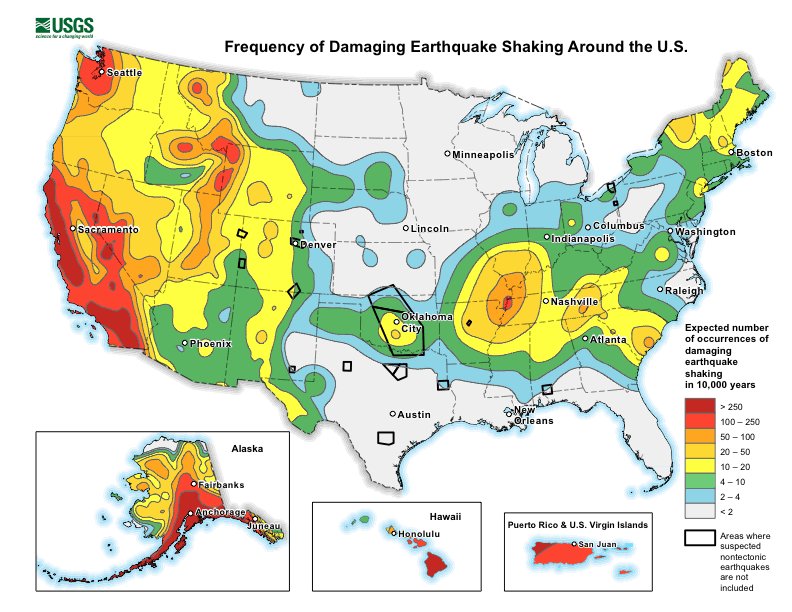
Also, we have aftershock forecasting, which is a stats model based on a catalogue of thousands of earthquakes. So, we formulate the forecast based on math and history. Aftershock forecasts are released when an eq is large enough (M5.0+) in the USA. More: earthquake.usgs.gov/data/oaf/overv…
• • •
Missing some Tweet in this thread? You can try to
force a refresh


